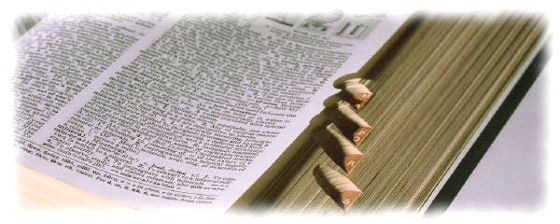Multilingual Music Glossary
Found a word you don't know? No problem. Look it up in the Music Glossary!
We are currently providing explanations for 2484 terms from 12 languages, including English, Italian, French, German, Spanish, Dutch, Swedish, Finnish, Latin…
You may browse the glossary alphabetically, or directly search for a term by using the search box above.
If you are looking for a symbol, check out our Guide to Musical Symbols.
Please note: a music glossary is just like a dictionary. It contains explanations to musical terms. If you are looking for a piece, please go here instead: search tunes.

Some random terms
- rabbia
![Italian [Italian]](https://www.flutetunes.com/img/languages/it.png) Rage, fury, anger.
Rage, fury, anger. - terraced dynamics Expressive style typical of some early music in which volume levels shift abruptly from soft to loud and back without gradual crescendos and decrescendos.
- vocalese A style or genre of jazz singing wherein lyrics are written for melodies that were originally part of an all-instrumental composition or improvisation.
- incipit
![Latin [Latin]](https://www.flutetunes.com/img/languages/la.png) The beginning of a musical composition.
The beginning of a musical composition. - Leitmotiv
![German [German]](https://www.flutetunes.com/img/languages/de.png) A term adopted by Wagner's disciples to designate the “leading motives” in his operas.
A term adopted by Wagner's disciples to designate the “leading motives” in his operas. - microtone Musical interval smaller than a semitone, prevalent in some non-Western musics and in some twentieth century art music.
- Konzertstück
![German [German]](https://www.flutetunes.com/img/languages/de.png) An informal “concert piece”, usually in one movement, for solo instruments and orchestra.
An informal “concert piece”, usually in one movement, for solo instruments and orchestra. - figured bass A method of indicating an accompaniment part by the bass notes only, together with figures designating the chief chords to be played above the bass notes.
- family A grouping of instruments which produce sound in the same manner and are constructed in the same way but in different sizes, such as the flute family, the clarinet family, the violin family and so on.
- adagio
![Italian [Italian]](https://www.flutetunes.com/img/languages/it.png) A slow tempo marking, usually around 66–76 BPM.
A slow tempo marking, usually around 66–76 BPM. - meter The basic scheme of note values and accents which remains unaltered throughout a composition or a section of it.
- new age Style of popular music of the 1980s and 1990s, characterized by soothing timbres and repetitive forms that are subjected to shifting variation techniques.
- Kammerton
![German [German]](https://www.flutetunes.com/img/languages/de.png) Literally, “Chamber pitch”. The pitch system used for instruments in Germany during the baroque period. In this system, the A above middle C was probably about 410–425 Hz.
Literally, “Chamber pitch”. The pitch system used for instruments in Germany during the baroque period. In this system, the A above middle C was probably about 410–425 Hz. - motive The briefest intelligible and self-contained fragment of a musical theme or subject.
- wind instrument Any instrument that produces sound by means of a column of air.